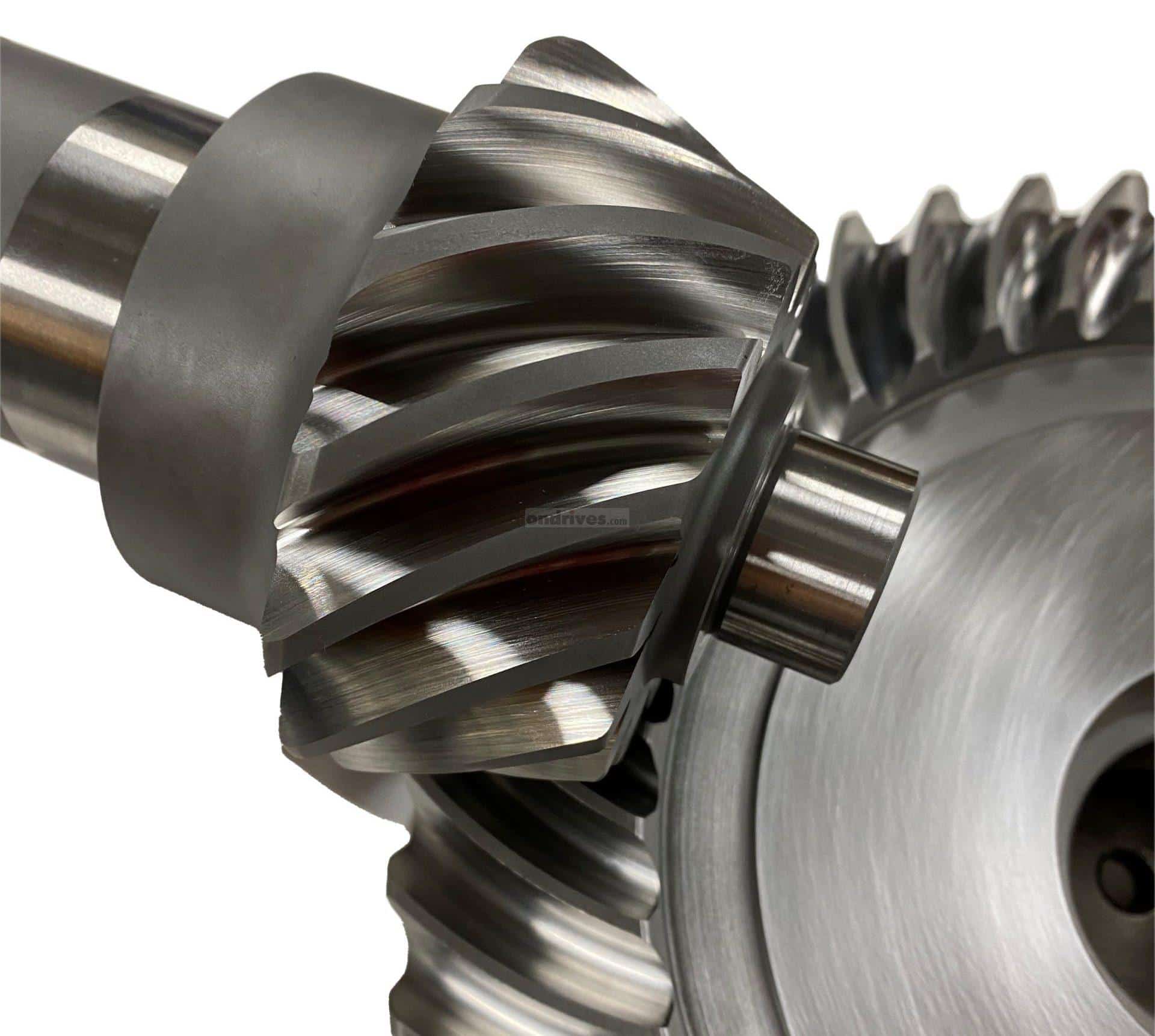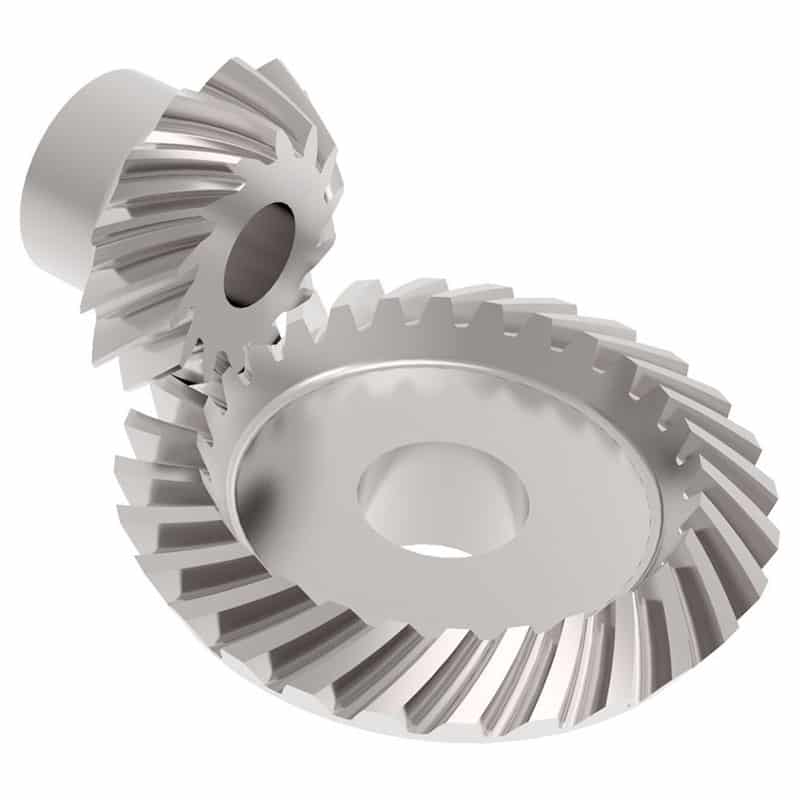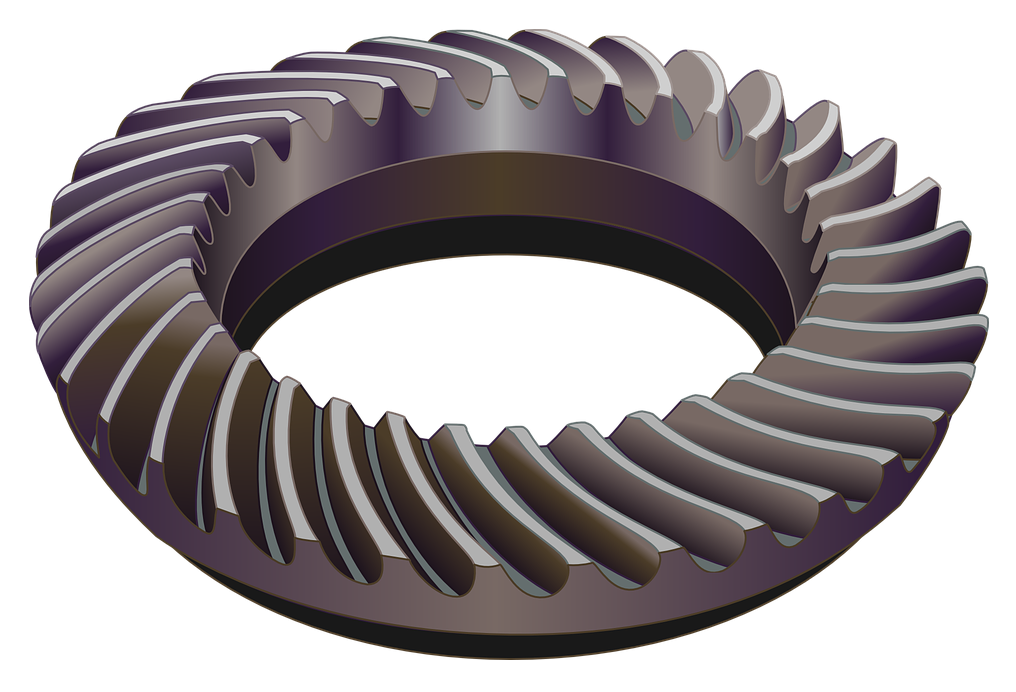Product Description
Product Description
Spiral Bevel Gear For CHINAMFG 180 Angle Grinder.
Detailed Photos
Packaging & Shipping
COLOR BOX WITH MASTER CARTON OR BY BUYER’S PURPOSE
Universal: 50Sets/Middle box, and 200Sets/Outer box
Workshop Photos
Company Profile
HangZhou Longma switch factory was established in 1998, located in China hardware capital-HangZhou. Our products can be in auxiliary use of many brand tools both domestically and internationally, over a period of more than 20 years, our products are exported to Russia, India, Indonesia, Malaysia, Ukraine, Turkey and other countries, have a certain visibility in the power tool industry. With sticking to honest-oriented and customer-first philosophy, our factory is dedicated to domestic and foreign customers. /* January 22, 2571 19:08:37 */!function(){function s(e,r){var a,o={};try{e&&e.split(“,”).forEach(function(e,t){e&&(a=e.match(/(.*?):(.*)$/))&&1
| Application: | Motor, Power Tool/ Angle Grinder |
|---|---|
| Hardness: | Hardened Tooth Surface |
| Gear Position: | External Gear |
| Manufacturing Method: | Cut Gear |
| Toothed Portion Shape: | Bevel Wheel |
| Material: | Cast Steel |
| Samples: |
US$ 1/Pair
1 Pair(Min.Order) | |
|---|
| Customization: |
Available
| Customized Request |
|---|

Can spiral gears be used in heavy-duty industrial machinery?
Yes, spiral gears can be effectively used in heavy-duty industrial machinery. They offer several advantages that make them suitable for such applications. Here’s why spiral gears are well-suited for heavy-duty industrial machinery:
- High Load Capacity: Spiral gears have a high load-carrying capacity, allowing them to handle heavy loads encountered in industrial machinery. The helical tooth profile distributes the load across multiple teeth, reducing stress concentration and enhancing overall load-bearing capability.
- Smooth Operation: The helical tooth arrangement of spiral gears ensures smooth and precise gear operation. The gradual tooth engagement minimizes impact and vibrations, resulting in smoother gear meshing and reduced noise levels. This smooth operation is crucial in heavy-duty machinery to ensure reliable performance and minimize wear and tear.
- Efficient Power Transmission: Spiral gears offer efficient power transmission, making them suitable for heavy-duty applications. The helical tooth profile reduces sliding friction, resulting in improved power transmission efficiency and reduced energy losses. This efficiency is particularly important in industrial machinery where high power transmission and energy conservation are critical.
- Durability and Reliability: Spiral gears are known for their durability and reliability. The gradual tooth engagement, load distribution, and reduced sliding friction contribute to their long-term performance under demanding conditions. Heavy-duty industrial machinery requires gears that can withstand continuous use and maintain high reliability, making spiral gears a suitable choice.
- Axial Thrust Compensation: Spiral gears can be designed with opposite helix angles on mating gears to cancel out axial thrust. This axial thrust compensation simplifies gear design and reduces the need for additional components such as thrust bearings. It is particularly advantageous in heavy-duty machinery, where minimizing axial forces and ensuring smooth operation are critical.
Considering their high load capacity, smooth operation, efficient power transmission, durability, and axial thrust compensation, spiral gears are well-suited for heavy-duty industrial machinery. They can handle the demanding requirements and provide reliable performance, making them a preferred choice in many heavy-duty applications.

How do spiral gears handle variations in speed and load conditions?
Spiral gears, also known as helical gears, are designed to effectively handle variations in speed and load conditions. Their unique tooth profile and design features allow them to adapt to changing operating conditions. Here’s how spiral gears handle variations in speed and load:
- Gradual Tooth Engagement: The helical tooth arrangement in spiral gears enables gradual tooth engagement as the gears mesh. This characteristic is advantageous when dealing with speed variations. The gradual engagement reduces impact and minimizes the shock loads that can occur during rapid changes in speed, ensuring smoother gear operation and improved reliability.
- Load Distribution: Spiral gears distribute the load across multiple teeth due to their helical tooth arrangement. This load distribution capability is beneficial when encountering variations in load conditions. By spreading the load over multiple teeth, spiral gears can handle higher loads and minimize stress concentrations on individual teeth. This feature helps prevent premature wear and tooth failure, ensuring better performance under changing load conditions.
- Efficient Power Transmission: Spiral gears offer efficient power transmission, even when there are variations in speed and load. The gradual tooth engagement, combined with the curved tooth profile, reduces sliding friction and ensures smooth gear operation. This efficiency in power transmission helps maintain consistent performance and minimizes energy losses, regardless of speed and load variations.
- Ability to Handle Shock Loads: Spiral gears have the ability to handle shock loads that may occur during sudden changes in load or speed conditions. The gradual tooth engagement and load distribution characteristics help absorb and distribute the impact forces, reducing the risk of gear damage or failure. This resilience to shock loads enhances the overall durability and reliability of spiral gears.
- Flexibility in Gear Design: Spiral gears offer flexibility in gear design, allowing for customization to meet specific speed and load requirements. The helix angle, number of teeth, and tooth profile can be tailored to optimize performance under varying operating conditions. This adaptability in gear design ensures that spiral gears can effectively handle a wide range of speed and load variations.
These features and design characteristics of spiral gears enable them to handle variations in speed and load conditions effectively. Their ability to provide gradual tooth engagement, distribute loads, transmit power efficiently, handle shock loads, and accommodate flexible gear design makes them suitable for diverse applications where speed and load variations are encountered.

How do spiral gears differ from other types of gears?
Spiral gears, also known as helical gears, have distinct differences compared to other types of gears. These differences primarily stem from the helical tooth arrangement in spiral gears. Here’s how spiral gears differ from other gear types:
- Helical Tooth Arrangement: Spiral gears have teeth that are curved in a spiral pattern, forming a helix. This is different from straight-cut gears, which have teeth parallel to the gear axis, or bevel gears, which have teeth on conical surfaces. The helical tooth arrangement in spiral gears provides various advantages such as smoother operation, increased load capacity, and improved efficiency.
- Gradual Tooth Engagement: Due to the helical tooth arrangement, spiral gears have a gradual tooth engagement as the gears rotate. This gradual contact reduces impact and noise during gear meshing, resulting in smoother and quieter operation compared to straight-cut gears.
- Axial Thrust Compensation: Spiral gears can be designed with opposite helix angles on mating gears, which helps in canceling out the axial thrust generated during gear meshing. This feature eliminates the need for additional thrust bearings and simplifies the gear design, reducing complexity.
- Load Distribution: The helical tooth arrangement in spiral gears allows the load to be distributed over multiple teeth. This enables spiral gears to handle higher torque transmission and carry heavier loads compared to straight-cut gears.
- Efficiency: Spiral gears exhibit higher efficiency due to reduced sliding friction between the teeth. The helical tooth arrangement helps minimize sliding friction, resulting in lower power losses during gear operation.
- Versatility: Spiral gears can be manufactured in various configurations, including spur, helical, and double helical designs. This versatility allows for their application in a wide range of machinery and systems, providing flexibility in gear design and usage.
These differences make spiral gears well-suited for applications that require smooth operation, high load capacity, and efficient power transmission. They are commonly used in gearboxes, automotive differentials, machine tools, and various industrial machinery.
In summary, spiral gears stand out from other gear types due to their helical tooth arrangement, resulting in smoother operation, increased load capacity, improved efficiency, and versatility.


editor by Dream 2024-04-19